Return of the architecturally averaged image
The unflappable Meggan Gould has apparently been producing loads of these things – art gallery owners, heads up – averaging the first 100 images that respond to a Google Images search (though one wonders what photo-ontological nightmare will arise when Gould's own photographs begin appearing in the tally...).
So here are a few more (received at the BLDGBLOG offices via email this past weekend) – the world's architecturally averaged imaginary:

[Image: parthenon].

[Image: big+ben].

[Image: taj+mahal].
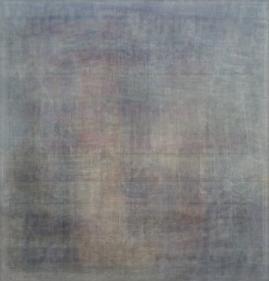
[Image: world+trade+center].
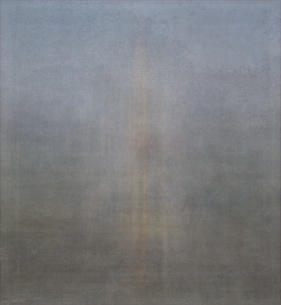
[Image: washington+monument].
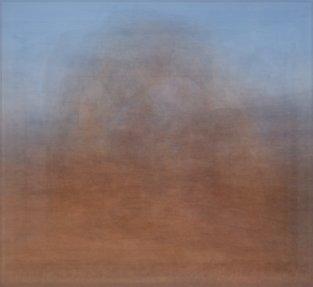
[Image: delicate+arch (Utah) – not exactly architecture, but...].

[Image: stone+henge].
And there are many, many more where those came from. Meanwhile, Jason Salavon's work on the averaged-out US housing market continues to astound; and Ms. Gould is even now busy producing new work...
(How about arch+of+constantine? crop+circles? mount+everest? old+faithful...?)
hollywood+sign...
neverland+ranch...
cenotaph+for+newton...
So here are a few more (received at the BLDGBLOG offices via email this past weekend) – the world's architecturally averaged imaginary:

[Image: parthenon].

[Image: big+ben].

[Image: taj+mahal].

[Image: world+trade+center].

[Image: washington+monument].

[Image: delicate+arch (Utah) – not exactly architecture, but...].

[Image: stone+henge].
And there are many, many more where those came from. Meanwhile, Jason Salavon's work on the averaged-out US housing market continues to astound; and Ms. Gould is even now busy producing new work...
(How about arch+of+constantine? crop+circles? mount+everest? old+faithful...?)
hollywood+sign...
neverland+ranch...
cenotaph+for+newton...
New maps of national absence
As per the architectural averages of Meggan Gould, Jason Salavon, self-styled photographic king of the averaged image, has declared war on the US housing market through a really almost awe-inspiring photographic series called "Homes for Sale."
By taking the visual average of, for instance, 114 homes for sale in the Dallas/Ft. Worth area –
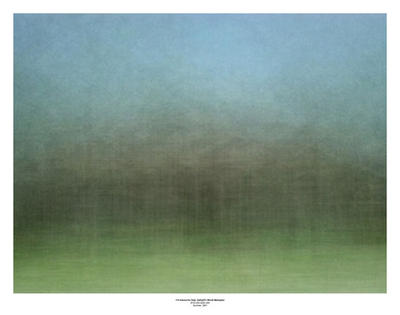
[Image: 114 Homes for Sale, Dallas/Ft. Worth Metroplex].
– Salavon really just obliterates any claim to individuality – let alone architectural interest – that the (literally) average American home now has.
The housing market, in other words, has broken.
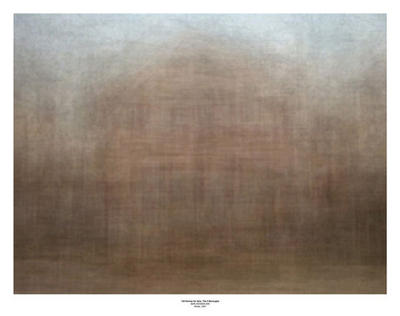
[Image: 124 Homes for Sale, The 5 Boroughs].
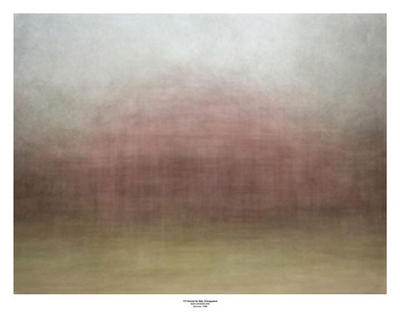
[Image: 117 Homes for Sale, Chicagoland].
How do you even know where you are? New York? Chicago?
St. Louis?
What's so exciting about these images is how sarcastically condemnatory, rigorously critical, and yet strangely beautiful they really are. Of course the promising landscape of "America" is being destroyed by its own architecture; of course that country is falling victim to bad – or utterly absent – planning.
But Salavon's images make this visually obvious, graphically accessible; they take what every American sees, everyday – driving through the exurbs, living in the midst of the homogeneous – and these images give it an iconography.
They represent the total mediocrity of America's anarchitectural establishment.
Everyone's houses look the same.
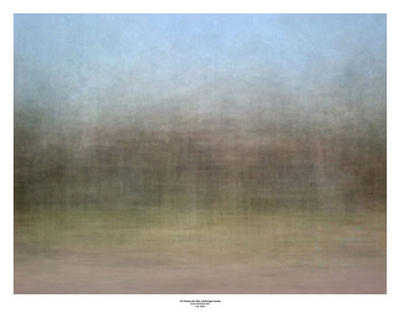
[Image: 121 Homes for Sale, LA/Orange County].
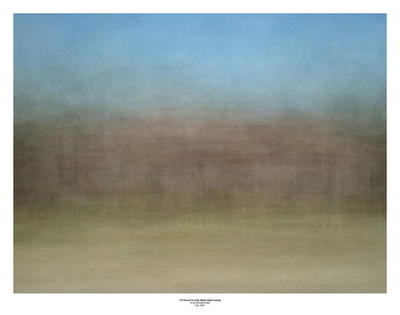
[Image: 112 Homes for Sale, Miami-Dade County].
Do you live in LA, or do you live in Miami? How the fuck can you even tell?
The symmetry and abstraction is by now so complete that America could fold in on itself through some complicated topological procedure, coast to coast, heartland to homeland, LA to Miami... and it could utterly disappear.
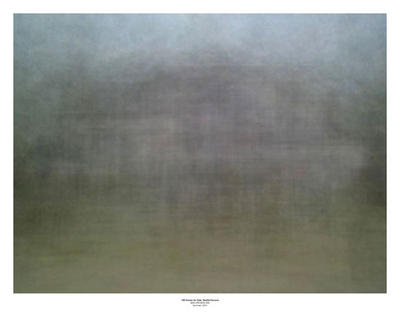
[Image: 109 Homes for Sale, Seattle/Tacoma].
Toward the end of Mark Rothko's life, as he drifted closer and closer to an unavoidable suicide, the paintings he produced grew more and more monochrome, lunar, enveloped in black and white, monumental, voidlike, immense.

[Image: Mark Rothko, Untitled, 1969].
As the color and vibrancy and detail and expressive individualism – even the ironic beauty – of the American housing market continues to flatline, it will be interesting to see if, in several years' time, as the decades turn, as the millennium ages, perhaps Jason Salavon can return to this series and produce more maps of the architectural void, the evening-out, the swan song, the facade of national absence, to see if the architecture of an entire nation has succeeded in committing suicide.
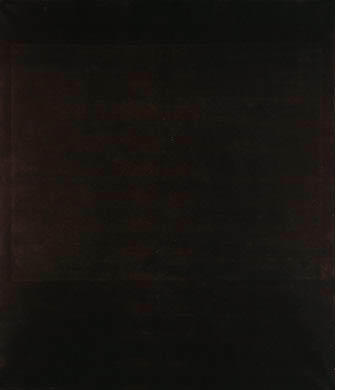
[Image: Mark Rothko, Untitled (No. 4), 1964].
Until then, millions and millions of American homes will continue to be for sale.

(Via, and with thanks to, Abe Burmeister at Abstract Dynamics).
from bldgblog
By taking the visual average of, for instance, 114 homes for sale in the Dallas/Ft. Worth area –

[Image: 114 Homes for Sale, Dallas/Ft. Worth Metroplex].
– Salavon really just obliterates any claim to individuality – let alone architectural interest – that the (literally) average American home now has.
The housing market, in other words, has broken.

[Image: 124 Homes for Sale, The 5 Boroughs].

[Image: 117 Homes for Sale, Chicagoland].
How do you even know where you are? New York? Chicago?
St. Louis?
What's so exciting about these images is how sarcastically condemnatory, rigorously critical, and yet strangely beautiful they really are. Of course the promising landscape of "America" is being destroyed by its own architecture; of course that country is falling victim to bad – or utterly absent – planning.
But Salavon's images make this visually obvious, graphically accessible; they take what every American sees, everyday – driving through the exurbs, living in the midst of the homogeneous – and these images give it an iconography.
They represent the total mediocrity of America's anarchitectural establishment.
Everyone's houses look the same.

[Image: 121 Homes for Sale, LA/Orange County].

[Image: 112 Homes for Sale, Miami-Dade County].
Do you live in LA, or do you live in Miami? How the fuck can you even tell?
The symmetry and abstraction is by now so complete that America could fold in on itself through some complicated topological procedure, coast to coast, heartland to homeland, LA to Miami... and it could utterly disappear.

[Image: 109 Homes for Sale, Seattle/Tacoma].
Toward the end of Mark Rothko's life, as he drifted closer and closer to an unavoidable suicide, the paintings he produced grew more and more monochrome, lunar, enveloped in black and white, monumental, voidlike, immense.

[Image: Mark Rothko, Untitled, 1969].
As the color and vibrancy and detail and expressive individualism – even the ironic beauty – of the American housing market continues to flatline, it will be interesting to see if, in several years' time, as the decades turn, as the millennium ages, perhaps Jason Salavon can return to this series and produce more maps of the architectural void, the evening-out, the swan song, the facade of national absence, to see if the architecture of an entire nation has succeeded in committing suicide.

[Image: Mark Rothko, Untitled (No. 4), 1964].
Until then, millions and millions of American homes will continue to be for sale.

(Via, and with thanks to, Abe Burmeister at Abstract Dynamics).
Architectural averages
The series Go Ogle by photographer Meggan Gould takes the first 100 responses to a Google image search, then overlays those 100 images into a single photographic "average."
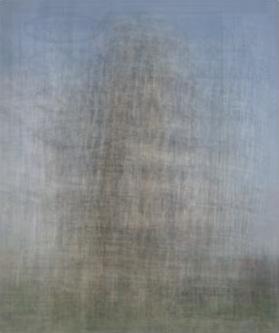
[Image: leaning+tower+pisa].
As Gould herself writes:
"The results, a visualization of intersections between Boolean logic and the popular imagination, are more often than not a hopeless jumble of unidentifiable pixels – but occasionally a recognizable form does emerge." See animation.
"Word choice, spelling, and textual hints are all critical to conducting an effective search, and the averages reflect their importance: a search for coke+can reveals a crisp, almost legible average, whereas coca+cola+can is muddy and barely recognizable. Truly iconic imagery is elusive, particularly considering the glut of computer graphics through which internet spiders and archivers crawl daily; only a small fraction of searches retains any degree of legibility through the averaging process."
But some of the most recognizable averages, I have found, are architectural.
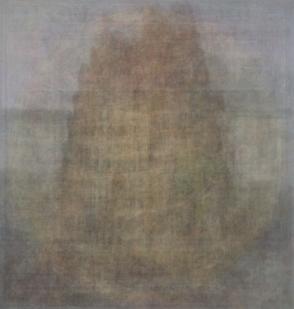
[Image: tower+babel].
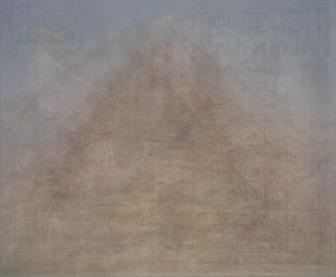
[Image: pyramid+giza].
Leaving me to wonder what has to be at least one other BLDGBLOG reader's first thought: what about world+trade+center?
september+11th?
If BLDGBLOG was richer, in fact, it could probably keep Meggan Gould in business for several years, producing more and more – and more and more – architectural averages: stone+henge; san+andreas+fault; berlin+wall; yucca+mountain; space+shuttle; taj+mahal; falling+water...
PS: big+ben; forbidden+city; chrysler+building; trump+tower...

[Image: leaning+tower+pisa].
As Gould herself writes:
"The results, a visualization of intersections between Boolean logic and the popular imagination, are more often than not a hopeless jumble of unidentifiable pixels – but occasionally a recognizable form does emerge." See animation.
"Word choice, spelling, and textual hints are all critical to conducting an effective search, and the averages reflect their importance: a search for coke+can reveals a crisp, almost legible average, whereas coca+cola+can is muddy and barely recognizable. Truly iconic imagery is elusive, particularly considering the glut of computer graphics through which internet spiders and archivers crawl daily; only a small fraction of searches retains any degree of legibility through the averaging process."
But some of the most recognizable averages, I have found, are architectural.

[Image: tower+babel].

[Image: pyramid+giza].
Leaving me to wonder what has to be at least one other BLDGBLOG reader's first thought: what about world+trade+center?
september+11th?
If BLDGBLOG was richer, in fact, it could probably keep Meggan Gould in business for several years, producing more and more – and more and more – architectural averages: stone+henge; san+andreas+fault; berlin+wall; yucca+mountain; space+shuttle; taj+mahal; falling+water...
PS: big+ben; forbidden+city; chrysler+building; trump+tower...
from bldgblog